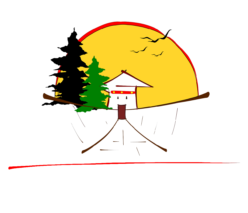Without boarding or teacher’s quarter facilities, it’s a 10 km hike back and forth
 Going to school in remote Bhutan involves hours of walking. In Samcholing, Trongsa, it is not just some students either.
Going to school in remote Bhutan involves hours of walking. In Samcholing, Trongsa, it is not just some students either.
The 121 students and 10 teachers of the recently upgraded lower secondary school walk uphill for hours to their school without boarding or teacher’s quarter facilities. Located above the main Samcholing village, there is no settlement around for teachers to rent houses and all the 16 teaching and non-teaching staff walk five and half km every day to reach the school. Some students walk about 10 km.
The only female teacher in the school, Shoba G, stays in Kuengarabten. “I wake up at 5 am every morning and walk for an hour and a half to reach school,” she said.
The 2.7 km farm road that connects the school from the Trongsa-Zhemgang highway is not pliable.
Farmers of Samcholing, who live on a sharecropping system and own little land of their own, are not happy too. “We’re the least developed people and our children have no bordering facilities,” said a 52-year-old father. “If the school wasn’t in our village, our children would avail hostel facilities in Taktse middle secondary school,” said another villager. Continue reading Long haul to Samcholing school

 Should there be alternative to the GDP?
Should there be alternative to the GDP?


